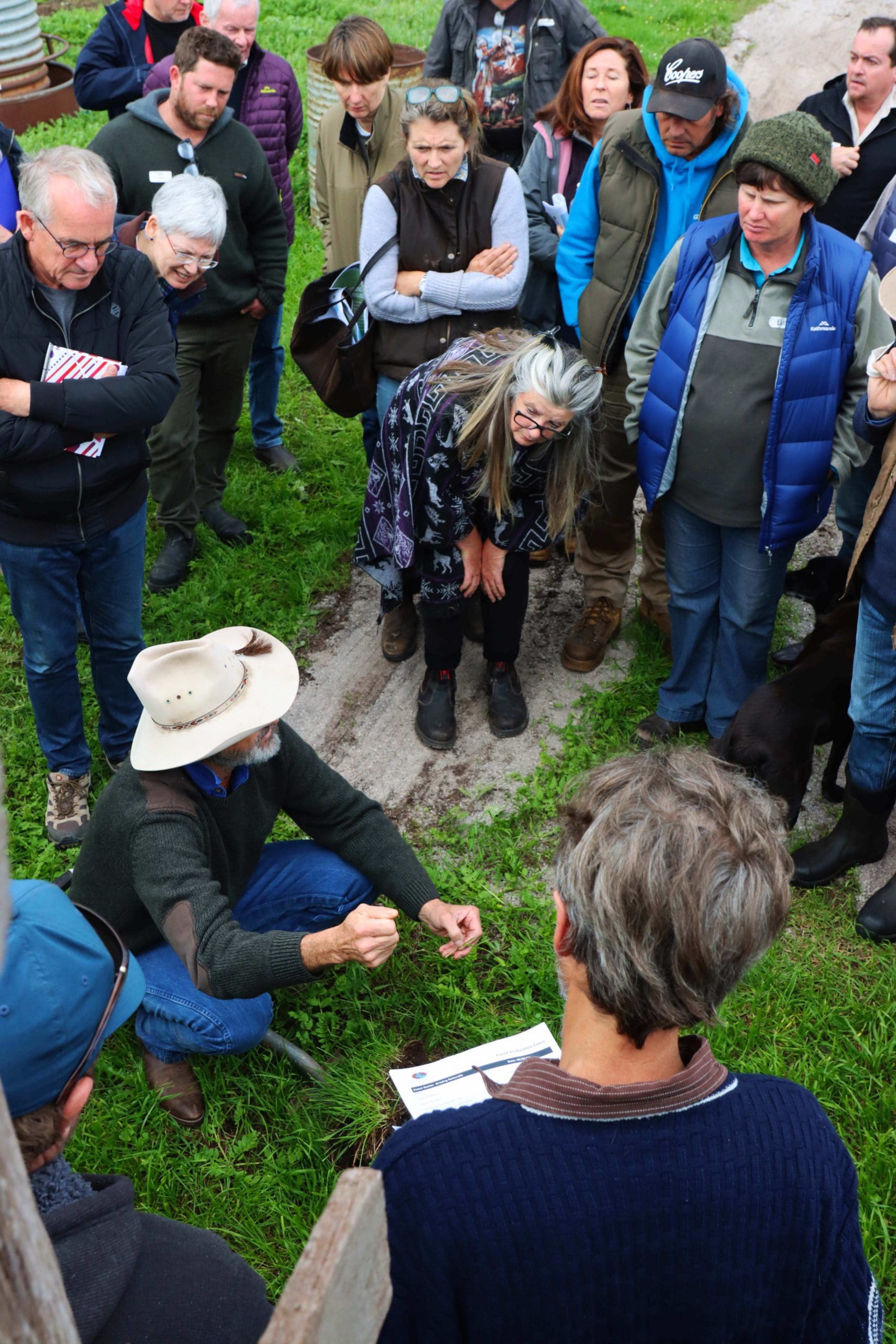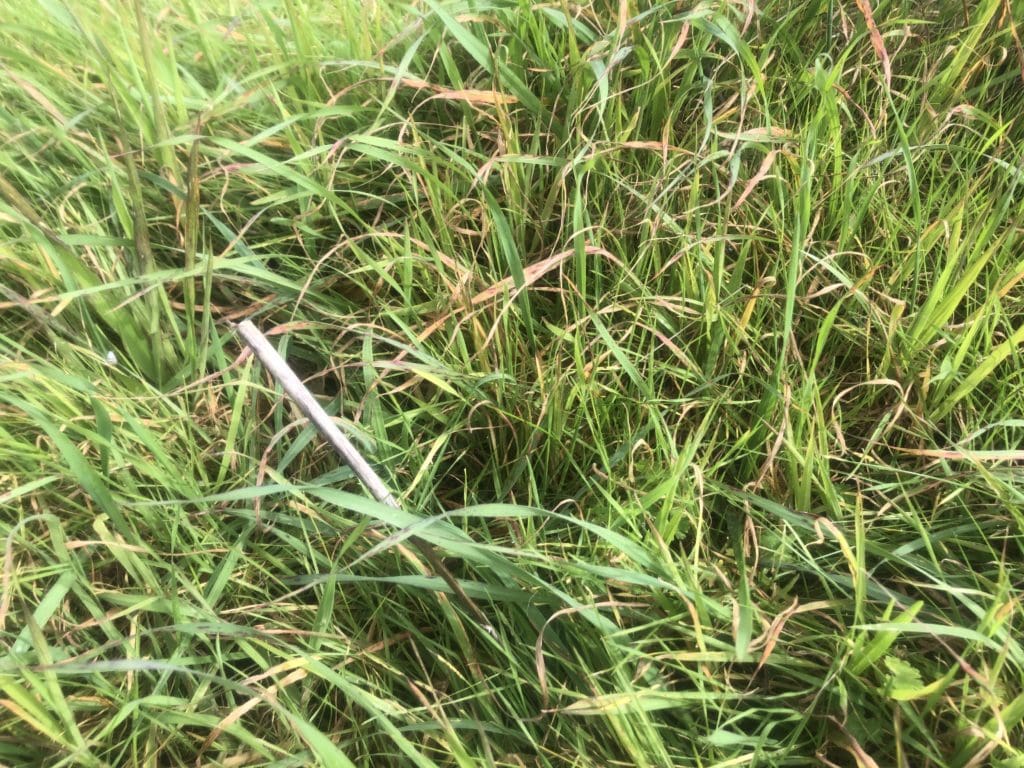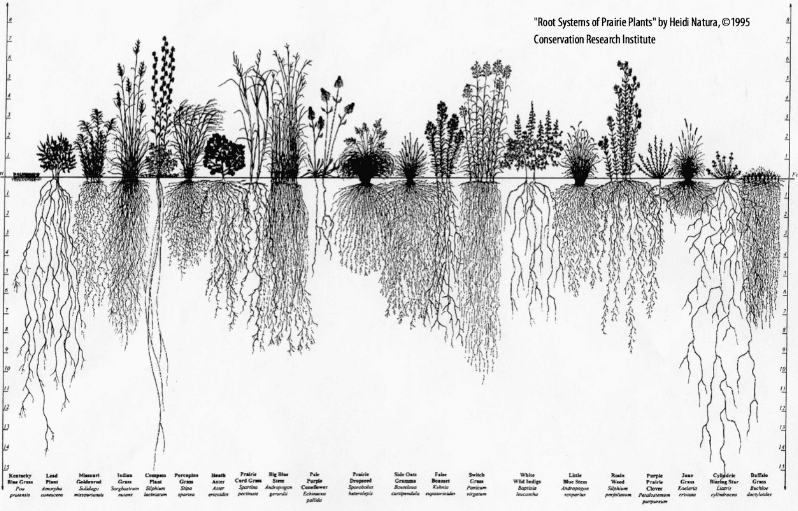The Grazing Naturally Method

Green vigorous living plants managed by grazing animals in a natural pattern of use, sequesters soil carbon into humus to build soil structure in an age old natural process. Humus, a carbon based compound created by soil biota from animal dung and root exudates at depth, holds mineral particles apart creating ‘space’ in the soil. Improved structure allows soil to capture and hold more water for longer. Keeping plants green and youthful drives the flow of liquid carbon into the soil to feed the soil building biological community.


This presentation is an introduction to ‘Grazing Naturally’, a grazing method that combines observing the environment and responding appropriately with comprehensive planning, risk mitigation and grazing animals.
Topics covered include:
- The value of soil depth and maturity
- Soil building and the carbon cycle
- The functioning of ecological communities in relation to soil building
- How plants, animals and living organisms build soil
- Understanding soil cover
- The natural functions of a grazing ecosystem
- Impacts of over-grazing and selective grazing explained
- The effects of light and heavy set stocking
- Why multi paddock rotational grazing systems often work at first, then stagnate and fail
- Working with natural patterns to generate ecological shift
- Building soil carbon and soil depth using natural grazing patterns of animals
- The basics of the Grazing Naturally Method
- The basics of matching stocking rate to carrying capacity
- Assessing feed availability using the simple STAC method



